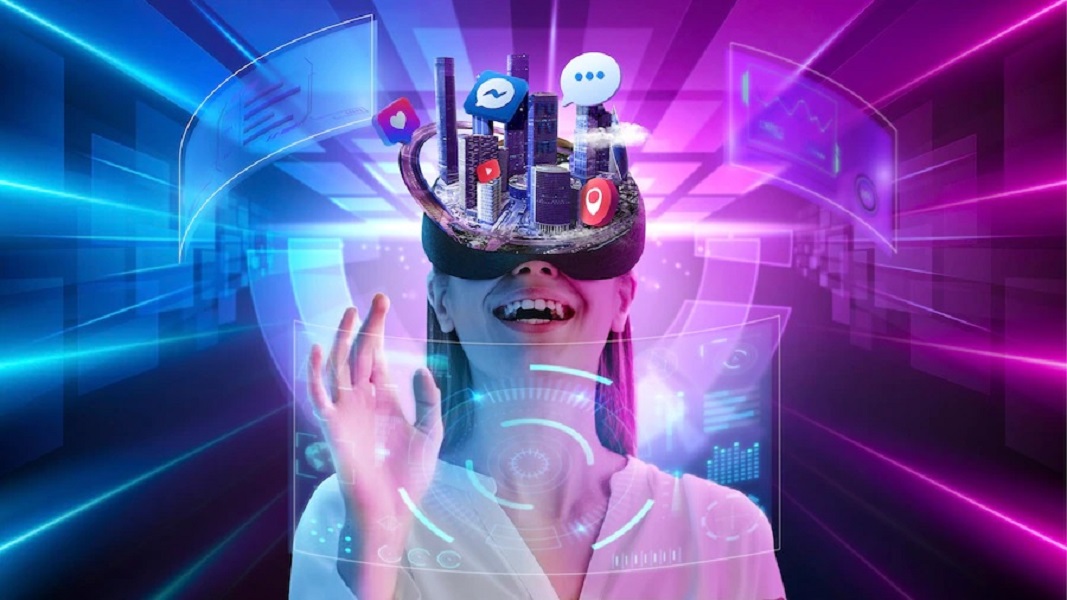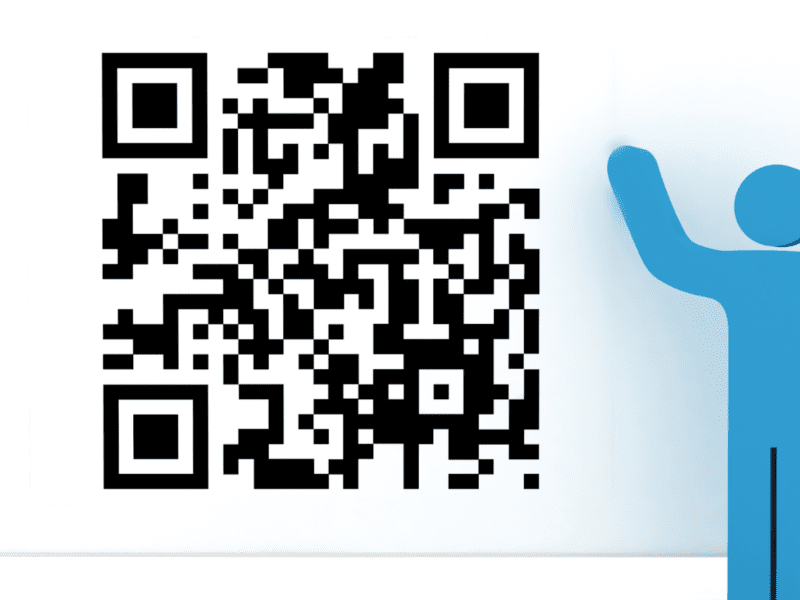
The Ultimate Metaverse Developer Guide
Introduction
The Metaverse is a term that describes a virtual shared space where users can interact with a computer-generated environment and each other. It is a concept that has been around for decades, but recent technological advancements have made it more feasible than ever before. In this article, we will explore the definition of the Metaverse, its brief history, and its importance for developers. With the Metaverse expected to play a significant role in the future of technology, developers must understand its potential, learn metaverse programming and prepare for its implementation.
Building Blocks of the Metaverse
To create the Metaverse, developers must build interconnected components that work together seamlessly. These building blocks are the foundational elements of the Metaverse and include virtual worlds, avatars, digital assets, social features, and blockchain technology. Let’s take a look one by one.
Virtual Worlds
Virtual worlds are computer-generated environments that users can explore and interact with. Simple 2D environments and intricate 3D worlds with high interactivity and immersion levels can be found in them.
Avatars
Avatars are digital representations of users within the Metaverse. They allow users to express their identity and personality within virtual environments and can be customized with various features such as clothing, hairstyles, and accessories.
Digital Assets
Digital assets are virtual objects that users can own and exchange within the Metaverse. These are all included, from simpler items like virtual furniture and clothing to more intricate ones like tools and vehicles.
Social Features
Social features are essential for the Metaverse, as they allow users to interact with each other in meaningful ways. The ability to create groups or communities, chat features, and voice communication are a few examples.
Blockchain Technology
Blockchain technology can be used to ensure that digital assets within the Metaverse are unique, secure, and transparent. It can also facilitate transactions between users and provide a way to verify ownership of digital assets.
Metaverse Development Platforms
Developer tools metaverse is growing with each day. Numerous platforms have come up in the past one or two years. Each offering features that can be used to create immersive virtual experiences. Some of the most popular Metaverse development platforms include:
Unity
Unity is a popular game engine that can be used to create a range of virtual environments and experiences. It offers a range of features such as 3D modeling tools, physics simulation, and support for various platforms, including PC, mobile, and VR.
Unreal Engine
Unreal Engine is another popular game engine commonly used for Metaverse development. It offers advanced graphics capabilities, physics simulation, and support for various platforms.
Decentraland
Decentraland is a blockchain-based platform that allows developers to create and monetize virtual experiences. It uses its cryptocurrency, MANA, and offers developers a range of tools and resources.
Somnium Space
Somnium Space is a VR-based platform that allows developers to create immersive virtual environments. It supports blockchain technology and allows users to own and trade virtual assets.
Roblox
Roblox is a popular gaming platform that offers a range of tools for developers. It allows users to create virtual worlds and experiences using a block-based programming language.
Metaverse Design Principles
Building for the Metaverse requires unique design principles to ensure users can engage with and enjoy virtual experiences. Some of the key design principles for the Metaverse include:
User Experience
A great user experience is essential for any Metaverse experience. Developers must design virtual environments that are easy to navigate and offer intuitive controls. Users should be able to move around, interact with objects, and communicate with others without feeling overwhelmed.
Accessibility
Metaverse experiences should be accessible to everyone, regardless of their abilities. This means considering visual and auditory impairments, mobility issues, and language barriers when designing virtual environments.
Interactivity
Interactivity is a core feature of the Metaverse. Developers must create experiences that allow users to interact meaningfully with virtual environments and objects. This could involve creating puzzles, games, or other interactive elements encouraging exploration and engagement.
Scalability
As the Metaverse grows, virtual environments must be scalable to accommodate increasing users. This means designing environments that can handle large numbers of users without sacrificing performance.
Sustainability
Sustainability is an important consideration for Metaverse development. Virtual environments should be designed with energy efficiency in mind, and developers should consider ways to minimize the environmental impact of their virtual experiences.
Developing Digital Assets for the Metaverse
Creating compelling and immersive experiences in the Metaverse requires high-quality digital assets. These can include everything from 3D models and textures to sound effects and music. Here are some of the tools and technologies used to create digital assets for the Metaverse:
3D Modeling Software
3D modeling software such as Blender, Maya, and 3D Studio Max is essential for creating 3D assets for the Metaverse. These tools allow developers to create detailed models of virtual environments, objects, and characters.
Texturing Tools
Texturing tools such as Substance Painter and Photoshop create textures and materials for 3D models. These tools allow developers to add realistic details such as surface texture, lighting effects, and color to virtual environments and objects.
Animation Software
Animation software such as Unity’s Animation system and Maya’s animation tools are used to create realistic movements for 3D characters and objects. These tools allow developers to create lifelike animations that bring virtual environments to life.
Sound Design Software
Sound design software such as Ableton Live and Pro Tools are used to create sound effects and music for Metaverse experiences. These tools allow developers to create custom soundscapes that enhance the immersive experience of virtual environments.
Collaboration Tools
Collaboration tools such as GitHub and Trello coordinate and manage the development of digital assets for the Metaverse. These tools allow developers to work together on large-scale projects and ensure everyone is on the same page regarding asset creation and implementation.
Metaverse Safety and Security
Virtual Identity Verification
Virtual identity verification is necessary to ensure the safety and security of the users in the Metaverse. It helps in preventing identity fraud, identity theft, and impersonation.
Biometric identification, identity document verification, and knowledge-based verification are all techniques for verifying virtual identities.
Digital Asset Protection
IDigital asset protection is important to prevent theft and piracy of virtual assets in the Metaverse.
Encryption, secure storage, and blockchain-based security are all techniques for protecting digital assets.
Personal Data Privacy
Data privacy is important to protect users’ personal information and prevent unauthorized access and use.
Personal data privacy protection methods include user-controlled data sharing, privacy policies, and data encryption.
Combatting Toxic Behavior
Combatting toxic behavior is important to maintain a safe and welcoming environment in the Metaverse.
Combatting toxic behavior includes community guidelines, moderation tools, and user reporting systems.
Future of the Metaverse
The future of the Metaverse is an exciting topic for many developers and tech enthusiasts. Current trends indicate that the Metaverse will become an even more significant part of our lives. It is expected to revolutionize various industries and aspects of daily life, from entertainment to education and even how we work.
The potential applications of the Metaverse are vast and varied. Developers are exploring the potential for virtual events, concerts, and conferences and creating immersive educational experiences. The Metaverse could also have implications for remote work, allowing people to work in a virtual space that mimics a physical office, enhancing collaboration and productivity.
Several challenges face the development and adoption of the Metaverse. These include concerns about safety and security, digital asset ownership, and the potential for further exacerbating social and economic inequality.
Despite these challenges, the Metaverse’s future is bright, and it has the potential to revolutionize the way we interact with each other and the world around us, creating new opportunities for innovation and growth.
Monetizing in the Metaverse
The Metaverse offers vast opportunities for monetization, and businesses are beginning to explore new revenue streams. Virtual real estate is one of the most profitable areas, as it can be used for advertising, socializing, and hosting events. Digital goods, such as unique avatars, items, and skins, can also be sold in the Metaverse. Additionally, advertising and sponsored content can be incorporated into virtual environments. Gaming and betting are also potential areas for revenue generation in the Metaverse, as users can participate in games and competitions and even place bets on events. Developers and businesses must explore new monetization strategies as the Metaverse grows to generate income and support the ecosystem.
Conclusion
The Metaverse represents a significant opportunity for developers to create immersive and interactive user experiences. Understanding the building blocks, development platforms, design principles, and safety and security considerations is essential for building a successful Metaverse experience.
Suppose you are wondering how to develop metaverse digital assets, monetizing through virtual real estate, digital goods, advertising, and gaming. In that case, you can check out the courses offered by the Blockchain Council. As the Metaverse evolves, current trends, potential applications, challenges, and future implications will impact its growth and development. Developers must remain vigilant in keeping up with these changes and embracing new technologies to ensure the Metaverse’s continued success.







